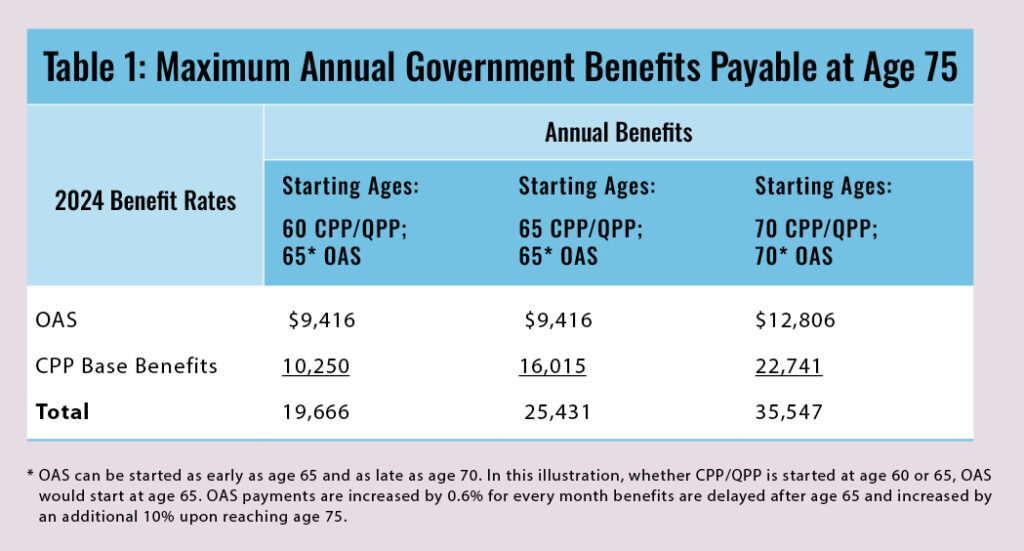By Jack Roberts
Special to Financial Independence Hub
2024 brings exciting opportunities for homebuyers in the real estate market. The market is poised for growth with the ongoing demand for housing and favorable economic conditions. However, buyers must navigate this landscape with informed decision-making.
With interest rates expected to be cut by the Fed, the real estate market could experience a boom, and there are various options available for homebuyers. That said, it’s essential for potential buyers to prepare their finances ahead of time and explore affordable mortgage options. In addition, buyers should prioritize must-have features and location preferences to narrow their search.
Below, you’ll discover 7 crucial tips for homebuyers in 2024. Homebuyers can confidently navigate the market by following these tips and achieve successful results in 2024.

Importance of Informed Decision-Making
In the competitive real estate market of 2024, informed decision-making is crucial for homebuyers. Buyers can make well-informed choices that align with their goals and preferences by conducting thorough research and staying updated on market trends.
Being informed allows buyers to understand the current market conditions, such as housing inventory and pricing trends, enabling them to make competitive offers and negotiate effectively.
Moreover, buyers can ensure they are investing in a desirable location by gathering information about the neighborhood, schools, amenities, and future development plans.
Informed decision-making also involves assessing the property’s condition, conducting inspections, and considering potential renovations or repairs. By making informed decisions, homebuyers can minimize risks, maximize their investment, and achieve long-term satisfaction with their purchase.
Financial Readiness and Budgeting
Financial readiness and budgeting are essential for homebuyers to navigate the 2024 real estate market. It is crucial to carefully assess personal finances and establish a realistic budget to ensure a successful buying process.
Typically, banks have more stringent requirements than other lenders when trying to secure a mortgage to buy a home. That said, homebuyers should strive to save for a down payment and maintain a strong credit score to increase their chances of securing a favorable mortgage rate.
Buyers can enhance their financial position and have a stronger negotiating stance by managing debts and ensuring sufficient savings.
Additionally, it is important to consider other costs associated with homeownership, such as property taxes, insurance, and maintenance.
By creating a comprehensive budget and sticking to it, homebuyers can confidently navigate the market and make informed decisions that align with their financial capabilities and long-term goals.
Now, if you’re looking to buy a home to fix and flip it — there’s financing for house flipping available.
Must-have Features and Location Prioritization
When buying a home in 2024, it is important to identify the must-have features and prioritize the location based on personal preferences and needs. Homebuyers should consider factors such as the number of bedrooms and bathrooms, the size of the yard, and the availability of amenities like parking and storage space.
It’s also important to assess the proximity to schools, healthcare facilities, and transportation options. Making a list of non-negotiable features will help streamline the home search process and ensure that the chosen property aligns with the buyer’s lifestyle and long-term goals.
By prioritizing the features and the location, homebuyers can find a property that meets their needs and enhances their overall living experience.
Due Diligence: Inspections and Property Conditions
During the home buying process, one critical step is conducting due diligence, specifically inspections and assessing property conditions. It is crucial to thoroughly examine the property to identify any potential issues or concerns before making a final decision. Hiring a certified home inspector can provide a comprehensive report on the property’s structural integrity, electrical systems, plumbing, and other essential components.
Inspecting the property’s exterior, including the roof, foundation, and drainage systems, is also recommended. Evaluating property conditions helps buyers understand the potential costs and repairs they may incur.
Homebuyers can make informed decisions by conducting due diligence and negotiate any necessary repairs or modifications with the seller.
Crafting competitive offers and managing Negotiations
Once you have found your ideal home, it’s time to craft a competitive offer and effectively manage negotiations. Start by determining the property’s fair market value based on recent sales and comparable properties in the area. This will help you make a strong, yet reasonable, offer.
Consider including contingencies in your offer, such as a home inspection or appraisal contingency, to protect yourself from potential issues. Remember, negotiations are a give-and-take process. Be prepared to negotiate on price, repairs, or other terms with the seller. Continue Reading…








